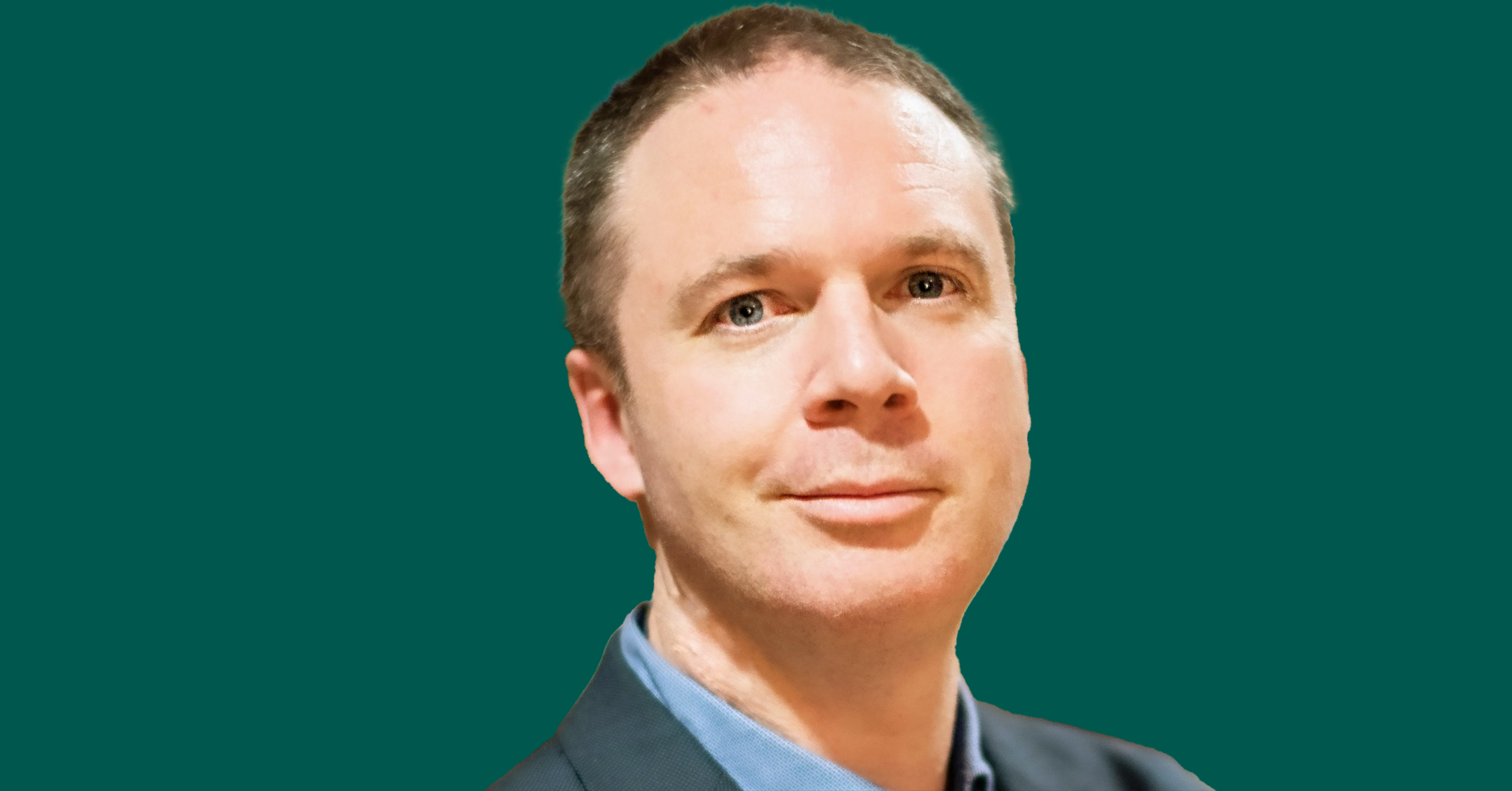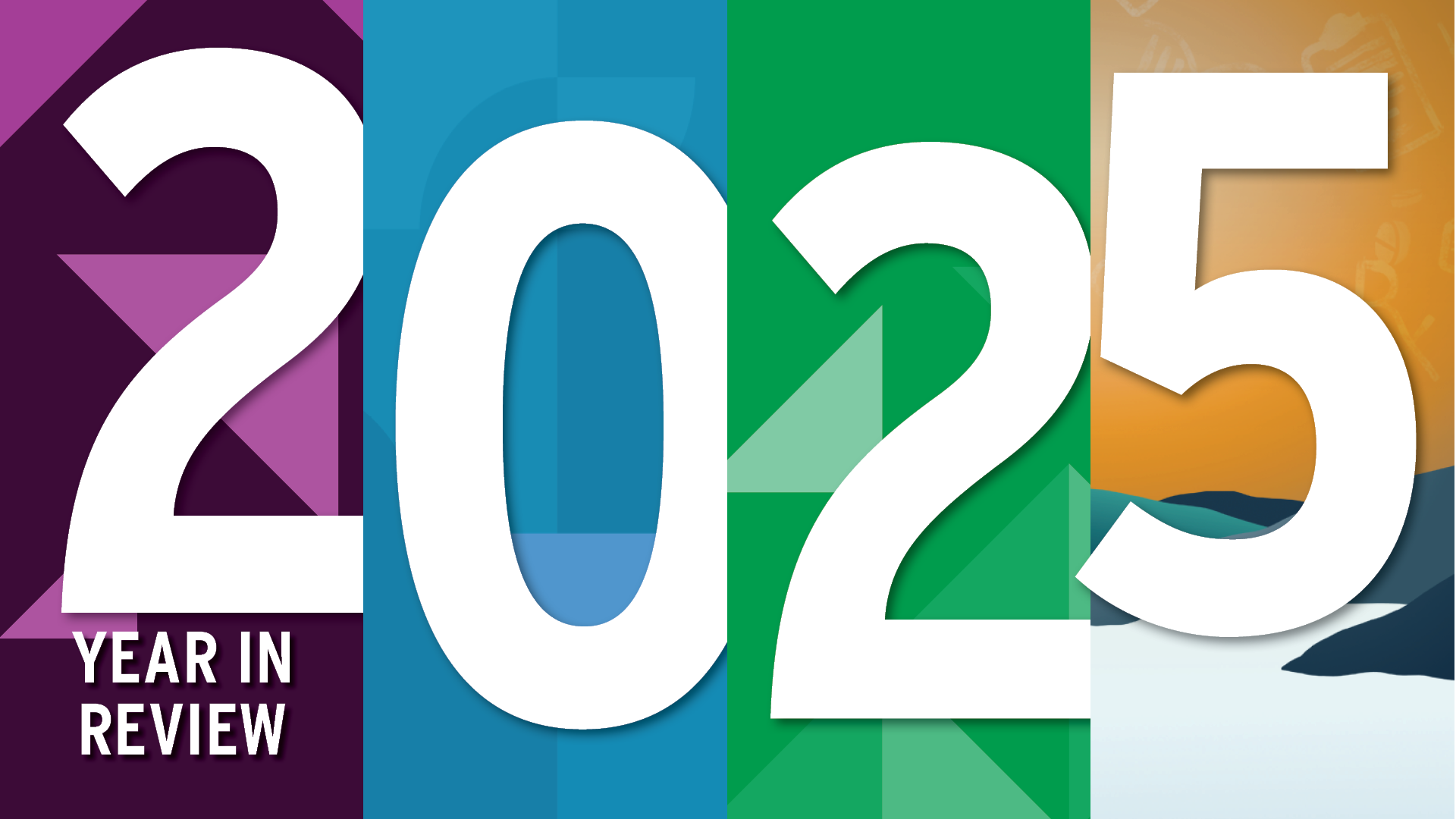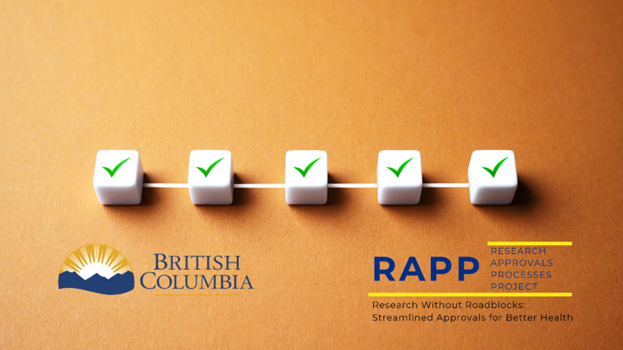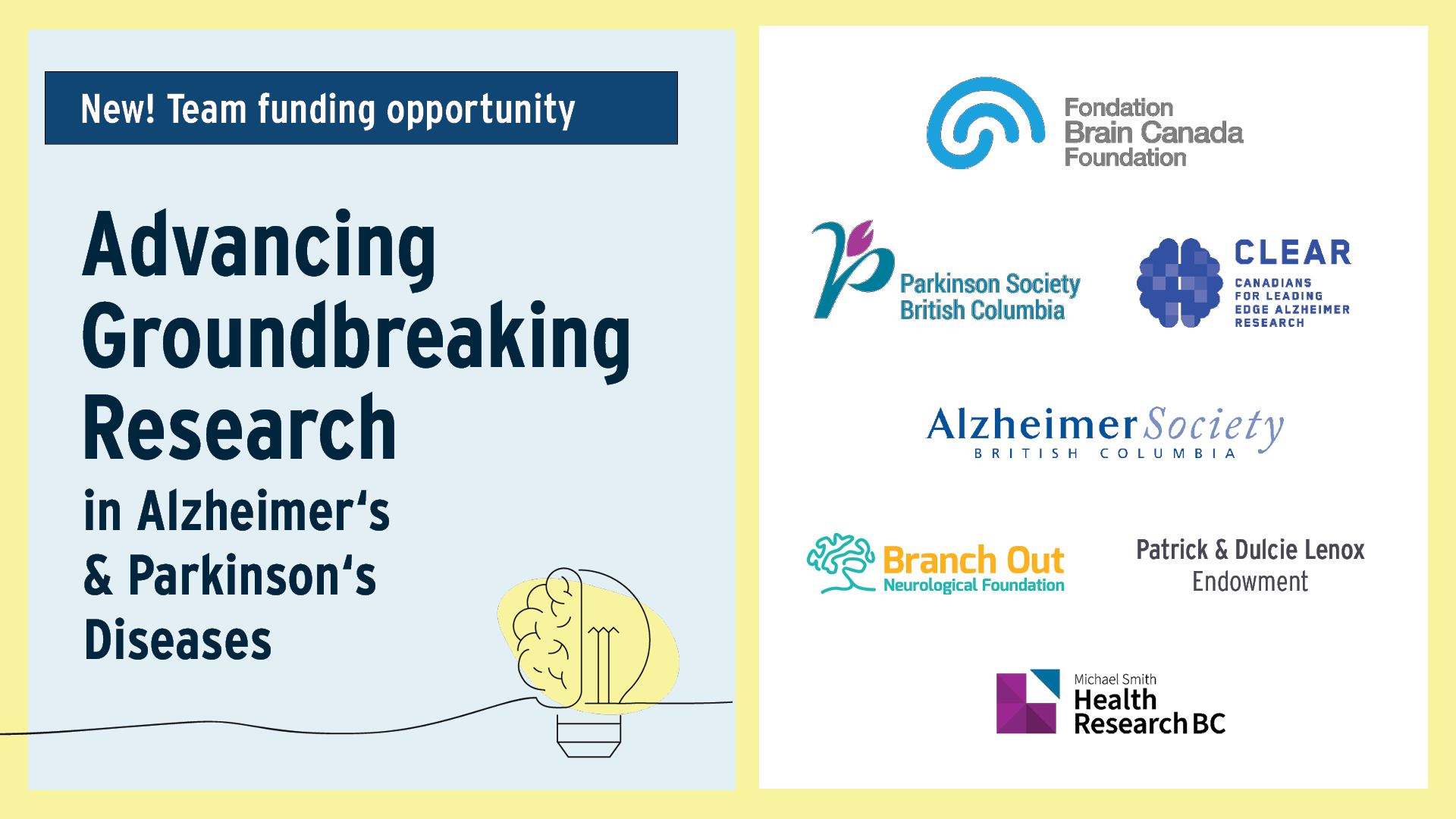Dr. Nick Bansback shares the strengths and challenges of patient engagement in research
6 September 2024

This summer, we caught up with Dr. Nick Bansback. Nick guided projects on best ways to engage patients in health economics research. We reached him in Vancouver.
Q: Can you share a little about yourself and your work?
I’m a professor in the School of Population and Public Health at the University of British Columbia and a scientist at the Center for Advancing Health Outcomes. I’m trained as a health economist, and my research focuses on how people make better health decisions.
I help patients and clinicians think through how they make decisions to improve their own health. I also work with policymakers to think about the decisions that they make and how they may influence the populations that they serve.
Q: How did you get interested in patient-oriented research?
I first heard about it from my colleagues. It was only when I became involved in various projects did patient-oriented research go from being an idea to something that really made sense. I’ve seen the value of having patients as partners to reflect on whether the research that I’m doing is having expected impacts. My learning and my interest in patient-oriented research has been gained through experience.
Q: How has working with patients changed your practice?
I think about everything I do in a slightly different way. I’m somebody that gets excited about methods. But working with patients made me aware that I need to pursue the methods that are actually going to somehow improve a health outcome in a meaningful way.
I think that connecting the dots is something that I would have previously worked through with academic colleagues. Whereas now, I’ve increasingly realized that some of those dots are connected by talking with patients and patient partners along with academic colleagues.
Q: How did the BC SUPPORT Unit influence your journey?
My role with the BC SUPPORT Unit was leading a set of research projects under the Methods Clusters initiative: Health economics and simulation modelling.
We commissioned a number of projects. We also ran events to try and raise the profile of patient-oriented research amongst the health economics community. So, it became a large part of my work for a few years.
I ended up being involved in a number of the research projects we commissioned, making sure that they and went as well as they could and that they stuck to their goals and their timelines.
The community events were amazing opportunities for our community to get together, particularly in B.C. where a lot of the health economists sit on their own or in twos and threes in different groups around the city and don’t really speak to each other. They were fun times, and they were learning times. I made connections, and I learned a lot from listening to others on their patient-oriented research journeys.
Q: How many people did your work in patient-oriented research involve?
Our Methods Clusters approach was to go with many small projects, in contrast to other clusters. In total, there were 12 projects with 60 to 70 people listed on the teams including 20 to 30 patient partners. Some of those projects engaged policymakers, so over 100 people were directly involved in in that work.
Q: Were there other things your learned from working with patient partners?
One thing I wasn’t ready for, and was really healthy on reflection, was involving patient partners in budget decisions around the research spending.
If they’re going to be a partner – a true partner – that doesn’t mean just having them come in on certain meetings and then exclude them from others.
So, we involved them — and not all projects did this — in budget decisions. Do we pay for this, versus pay for that? Do we outsource something versus hire a student. For knowledge translation — do we go to a conference? Is that a good use of money?
I think some of the patient partners were quite surprised at how money works and how much autonomy researchers had on their budgets.
Knowing that there’s a patient partner at the table changed the conversation. People knew that if they have to be accountable for how they’re spending, they need to provide value for money. It made them think a bit more carefully about it.
That’s something I try and do now with projects in general. It’s not always with patient partners, I haven’t got patient partners in all the projects. Even though it’s my grant and my project, I just find it healthier to be more explicit about where’s the money going. How are we spending this money? And is this the right way to do it with the research team?
Q: What is the one thing you’d want people reading this story to know?
My reflection with the 12 projects is that it’s not always going to work well with a patient partner, but more often than not, it will enhance what you do.
Of those 12 projects, probably eight of them had really good engagements with patient partners that were somewhat transformational, and four maybe just didn’t work and it was a bit of a struggle. I still think that’s a good outcome.
Nick Bansback, PhD, Professor at the University of British Columbia and program head, decision sciences at the Centre for Advancing Health Outcomes. His methodological research includes measuring and valuing health, economic evaluation and network meta-analysis. Nick co-led the BC SUPPORT Unit’s Methods Clusters projects on health economics and simulation modelling.
The BC SUPPORT Unit is a CIHR-funded provincial initiative that moves research evidence developed with patients and communities into practice. We provide services to researchers, patients, policy makers, clinicians and health system leaders.
This story is the second in a series of conversations with BC leaders in patient-oriented research methods. Learn about this work.





